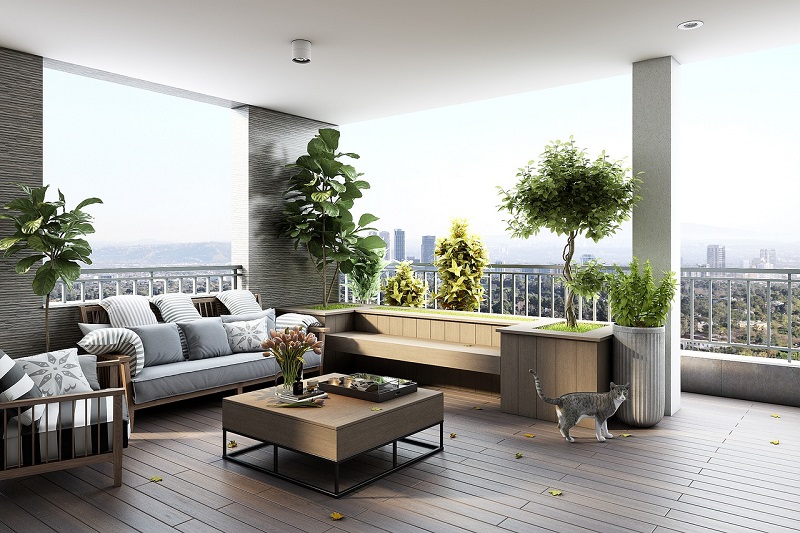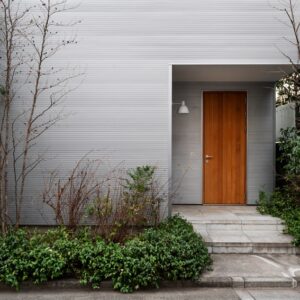Are you tired of buying beautiful furniture, only to see it end up faded, cracked, and damaged from the sun? Maybe you have a gorgeous, deep red armchair that’s faded into a sickly, Pepto-Bismol pink shade. Or, it could have been a soft and supple leather couch that’s now damaged and cracked, even though it’s only a few years old.
Having natural light in your home is a great feature that makes your living space look bright and sunny. However, the sun’s harmful UV rays can damage furniture and other objects when subjected to them for long periods.
To keep your belongings safe, just check out these five great tips for protecting your furniture from sun damage.
1. Use a Custom Window Film Decal
One of the best methods for protecting furniture and other belongings is getting custom window decals for home. Once you apply a window tint, you can block the majority of the sun’s harmful UV rays. One of the best reasons for using this choice is that there are plenty of choices where they provide an excellent level of protection without tinting or blocking your view of the outside at all.
2. Hang Up Curtains on Your Windows
This is one of the most affordable methods for protecting your furniture from the sun. However, there’s one drawback: it only works if the curtains cover up 100% of the window, 100% of the time. If the curtains open even a crack, the sun can still get in and fade the furniture. While window treatments are also a great way to accent your home and make it look nice, keep in mind that they only provide protection when they’re closed.
You can also get different window treatment options that are designed to allow for control on how much light enters the room. You can pick between traditional curtains or slat blinds, drapes, floor-length curtains or blinds for more protection, even UV block-out curtains.
3. Keep Your Furniture Out of the Sunlight
One other cheap option to keep your furniture from fading is simply moving it out of the way of the sunlight. If there’s room to rearrange your chairs, tables, and couches, you might want to consider it. Try to shoot for a configuration that allows your living space to look great while still providing your furniture some protection from the sun.
4. Invest in Newer, UV-Protective Windows
While this tip is on the more expensive side of this list, if the windows in your home are older than 10 or 15 years, you might want to seriously consider it. There are new windows that can be installed with special glass. The glass has UV-protective properties that can help protect your home, belongings, and furniture from harmful UV rays. In fact, with skin cancer being the most common type of cancer in the U.S., having some extra UV protection is a huge bonus.
5. Invest in Solar Blinds
Another great option for protecting your furniture from the sun is investing in solar blinds for your home. Solar blinds are a unique type of window treatment that allows for 95% blockage of UV rays. However, they still allow natural light to filter into the room. It also allows for you to still get a view of the outdoors, too.
Final Thought on How to Protect Your Furniture from the Sun’s Harmful Rays
If you’re tired of having sun-damaged and faded furniture, you can use these five tips to help you. The sun’s UV rays are not only harmful to furniture, but they also damage the skin. That’s why it’s important to protect not just your belongings, but your skin, too. By rearranging your furniture, investing in solar blinds, or even something as simple as hanging up curtains, you can protect your belongings and furniture from the damaging sun, making them last much longer and making your house look nicer, too.





